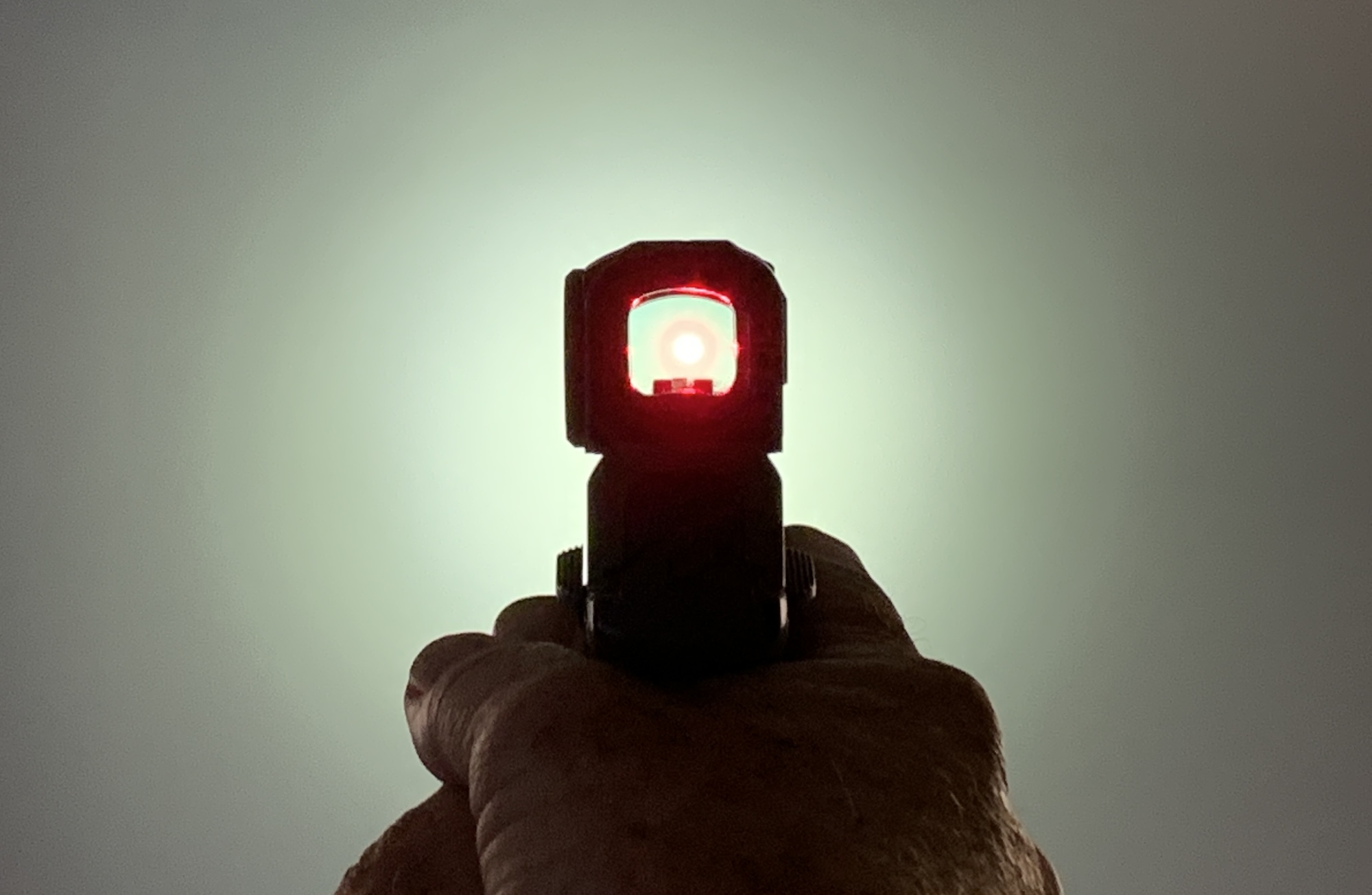
AC-060421-Life-Skills-Wisely-CW-1
Where should we go for lunch? Which shoes should I wear? When should I schedule that? What’s for dinner? On the daily, we are tasked with making decisions almost every waking moment of every day. Such decisions can span the gamut from shopping, travel, eating and of course tactical decisions.
The mechanics of our world are based in cause and effect. As such we are free to make any decision we wish, but we are not free from the consequence of that decision.
We all of course want to make the best decision possible, especially when afforded the opportunity to choose wisely. Hindsight is always 20/20 and the only way to know if it was a “good” or “bad” decision is always after the fact. There is always a price to pay for making the wrong decision and a reward for choosing wisely.
What are a few viable guidelines that can be followed to assist us in making wise decisions? Priority, timing and judgement.
PRIORITY
Multi-choice prioritization is paramount. If faced with more than one decision, you can’t make a specific choice without knowing which decision to make first. This especially applies to making a tactical decision in any self-defense scenario.
If you find yourself in a confined area such as an overcrowded restaurant, standing-room-only bar or jam-packed music event, odds are that you will probably not be able to use your firearm as a first line of defense. You most likely will not have time to change your shooting position. Even if you did, there’s absolutely no backstop. As you are held accountable for every round, you cannot accept the liability and risk of either missing the threat or your round(s) passing through the threat.
Your initial priority is to place yourself in an advantageous physical position offering you both a shooting and non-shooting tactical option. A dominant shooting or non-shooting tactical position would be where you may be nearest to either good cover, a readily accessible exit or both.
Decision priority is determined by your awareness based on conditions at the time. Your choices are to be proactive, active or reactive. The more proactive the higher the decision priority. The more reactive the lower the decision priority.
TIMING
Whether we like it or not, every decision we make is time sensitive. On one end of the time spectrum, for example, you may be confronted with making a traffic light decision.
Driving up to a set of traffic lights as they are turning to yellow, you don’t have a heck of a lot of time to make the decision to stop or go. The highest priority here is to not end up in an accident, followed by a second priority of not getting a ticket. All timing comes with a price. The price tag for failure is an accident, a moving traffic violation, or both.
If you come to a screeching halt with other cars tight on your tailgate at the very onset of the yellow light, this decision may result in a vehicle plowing into you from behind. Conversely if you decide to go for it and the light has already turned red while you’re in motion, then you raise the risk of being sideswiped and/or being pulled over.
At the other end of that time spectrum, you may be confronted with long-term planning decisions. Where do you see yourself in five years? Do you want to be doing something else or be living somewhere else? What are your long-term goals? You cannot steer a ship in the right direction if you don’t know where you want that ship to go.
Whether it may be fractions of a second zipping through a yellow light or planning for retirement, timing is a critical component in choosing wisely.
JUDGEMENT
Setting your priorities and being cognizant of appropriate timing, places you in an advantageous position with the only remaining consideration being to deliberate between the one or the other.
Deciding on the chicken or the steak dinner is a personal choice based on what you feel like having that night and has little or no consequence. However, choosing between going to guns and not going to guns in a life and death situation could determine not only your survival but whether you spend the rest of your days behind bars.
In any tactical deliberation the price tag for failure is high—often life or limb. The higher the price tag the higher the priority and with time usually not on your side. Judgement is a matter of weighing out the pros and the cons to include the cost of each choice.
Either you control the threat, or the threat will control you. Good judgement places you firmly ahead of the action-reaction power curve by making sound “cost-effective” decisions.
Setting priorities is about choosing to be proactive, active or reactive, which means you’re already aware of the situation. Greater awareness affords you more time and opportunity to solve the tactical problem. Less awareness reduces your timeline and decreases your opportunities. Your timing considerations are equally as important as is your judgement in determining the price tag for failure.
Setting your priorities based on awareness, being cognizant of your timing and mindfully weighing out your options are what will, in both the long and short run, help you to choose wisely.













